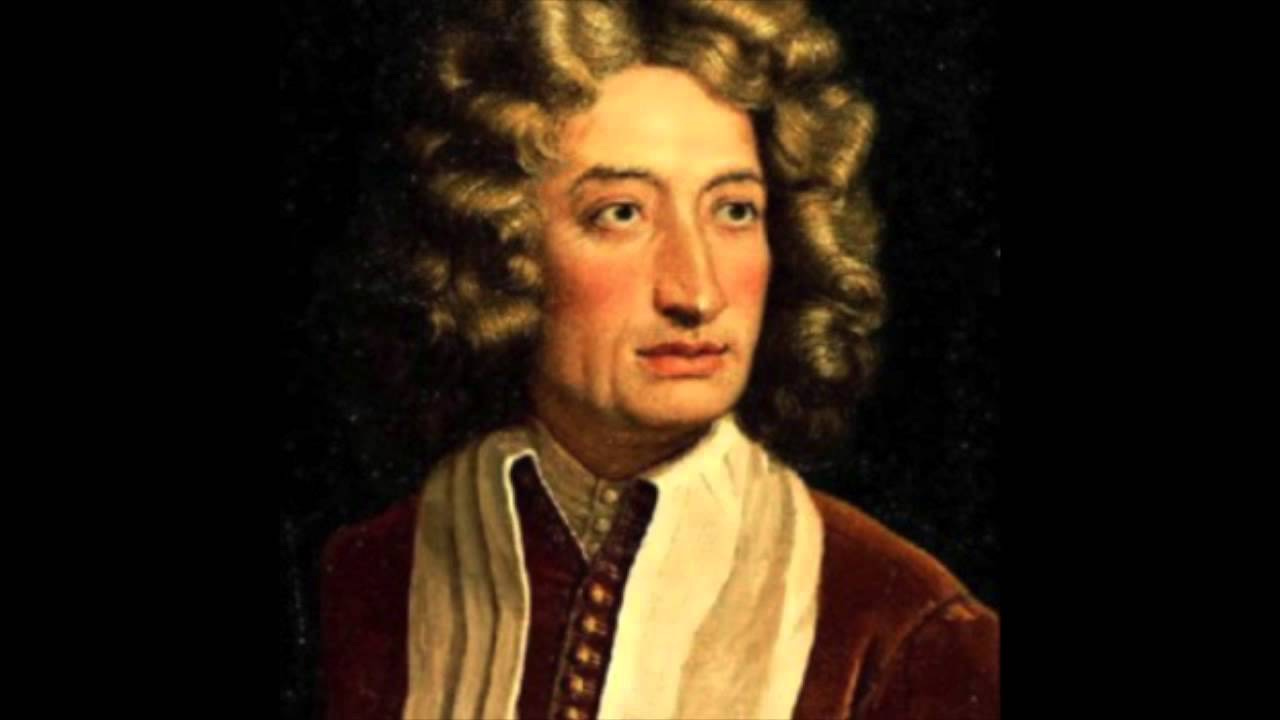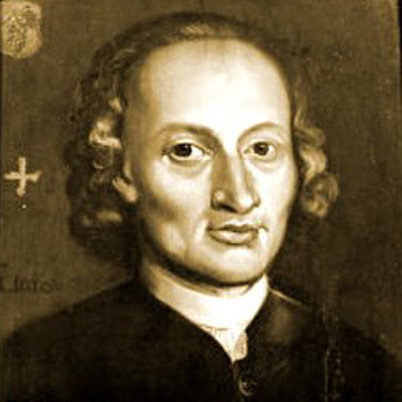Music has the extraordinary power to transcend time and captivate our hearts. One such composer whose melodies continue to resonate with audiences even centuries later is Johann Pachelbel. Born in 1653 in Nuremberg, Germany, Pachelbel’s innovative compositions and influential contributions to the Baroque era make him an esteemed figure in classical music history. Join us as we delve into the life and legacy of this remarkable composer.
Early Life and Education:
Johann Pachelbel displayed prodigious talent from an early age. He received his first musical training from his father, who was a skilled organist. Recognizing his son’s potential, Pachelbel’s father provided him with comprehensive musical education. Pachelbel further honed his skills through his studies with renowned composers such as Heinrich Schwemmer and Jean Caspar Kerll.
Career and Musical Achievements:
Pachelbel’s career spanned several cities in Germany, including Erfurt, Stuttgart, and Vienna. However, it was during his time in Erfurt that he flourished as a composer and organist. Pachelbel’s musical prowess was evident in his diverse compositions, including sacred vocal works, chamber music, and organ pieces.
One of Pachelbel’s most celebrated compositions is the famous “Canon in D,” a piece that has achieved timeless popularity. Its exquisite beauty and enduring appeal have made it a staple at weddings, in movies, and on classical music playlists worldwide. Pachelbel’s innovative use of the canon form and his masterful craftsmanship in creating intricate layers of melodies truly set him apart as a composer.
In addition to his instrumental works, Pachelbel also composed numerous choral works, often incorporating rich harmonies and intricate counterpoint. His choral music displayed a deep understanding of text setting, allowing the words to be expressed eloquently through his compositions.
Pachelbel’s influence extended beyond his own compositions. He was a highly respected teacher and organist, training and inspiring a generation of musicians. His students included renowned composers such as Johann Christoph Bach and his son, Wilhelm Hieronymus Pachelbel. Pachelbel’s legacy lives on through the work of these accomplished individuals, as well as the countless musicians who have been inspired by his music.
Legacy and Impact:
Despite being overshadowed by some of his more famous contemporaries during his lifetime, Johann Pachelbel’s compositions have stood the test of time. His works continue to be performed and celebrated by musicians and audiences worldwide. Pachelbel’s innovative use of harmony, intricate counterpoint, and emotive melodies make him a significant figure in the development of Baroque music.
The enduring popularity of the “Canon in D” serves as a testament to Pachelbel’s musical genius. Its enchanting progression and timeless appeal have made it one of the most recognizable classical compositions of all time. Moreover, Pachelbel’s influence on future composers and his contributions to the development of musical forms have solidified his place in history.
Conclusion:
Johann Pachelbel’s life was a testament to the power of music to transcend time and touch the hearts of generations. Through his innovative compositions and profound musical understanding, Pachelbel left an indelible mark on the world of classical music. As we listen to his melodies, we are reminded of the enduring beauty and emotional depth that music can bring to our lives. Johann Pachelbel’s legacy continues to inspire and captivate, and his compositions will undoubtedly resonate with audiences for centuries to come.


Comments are closed